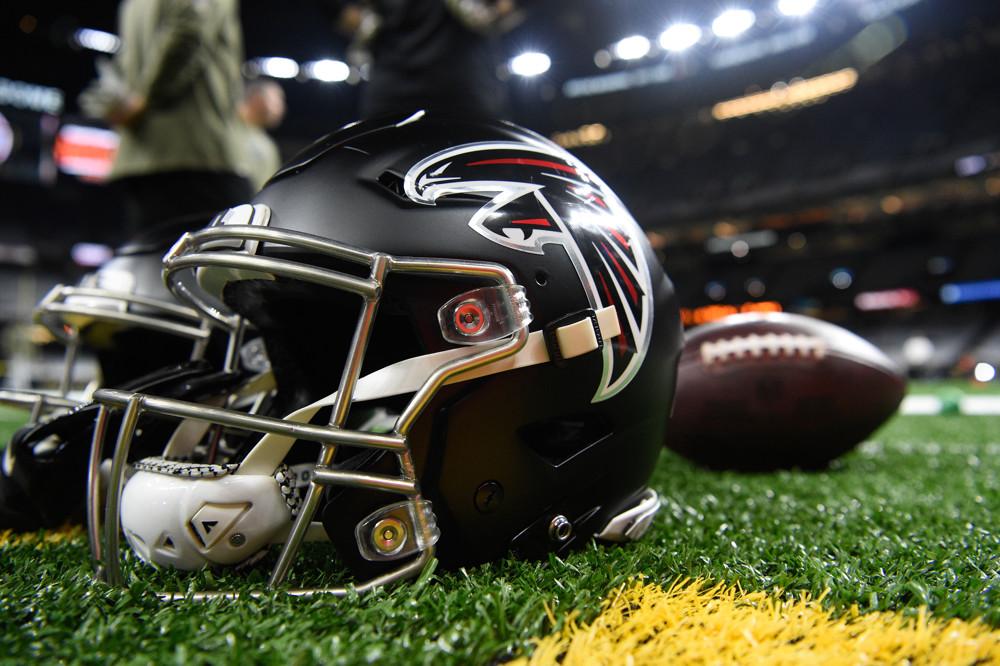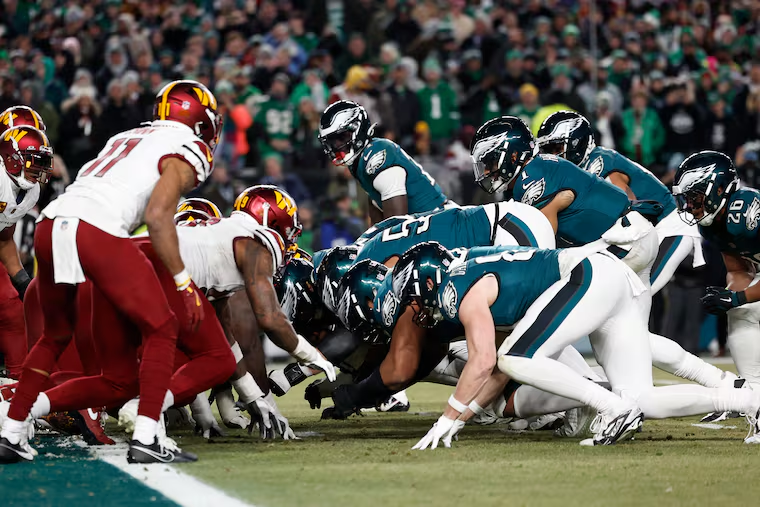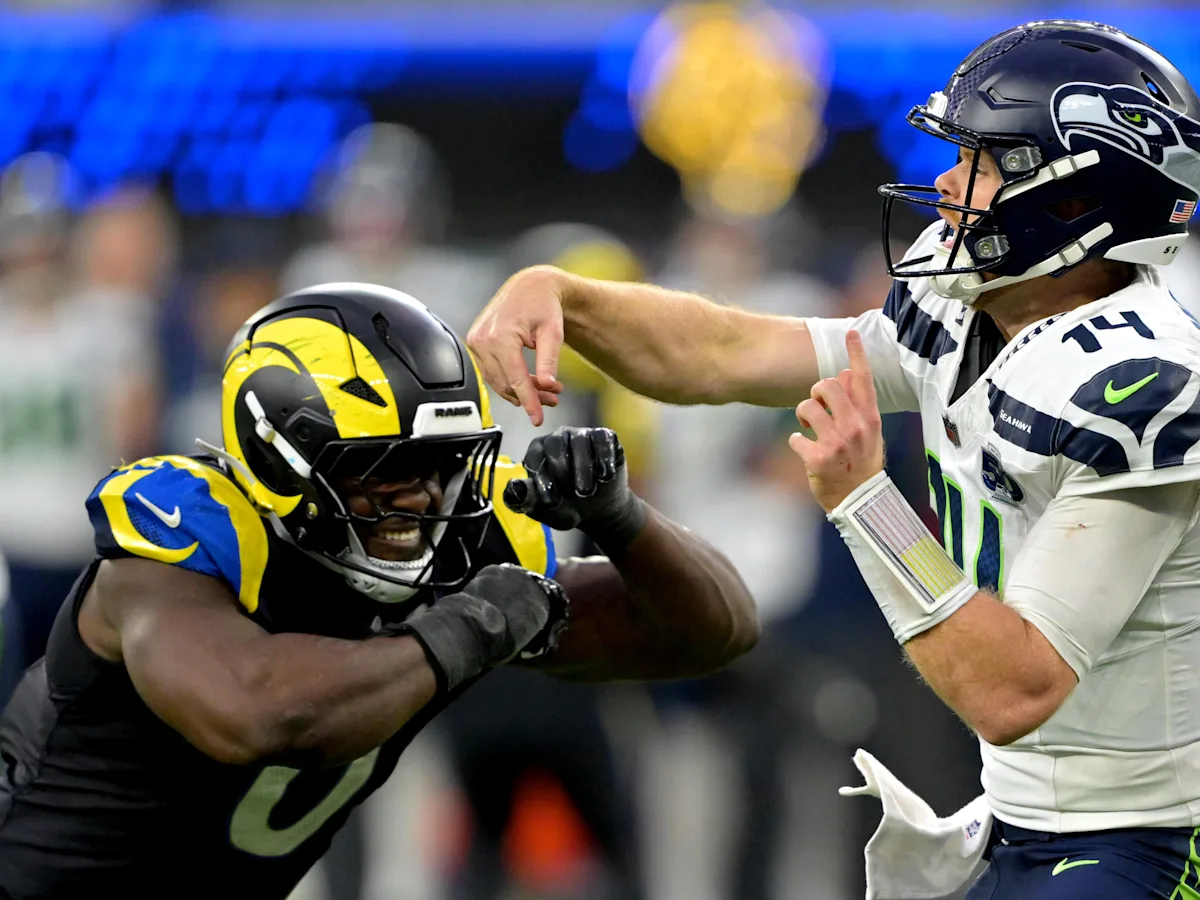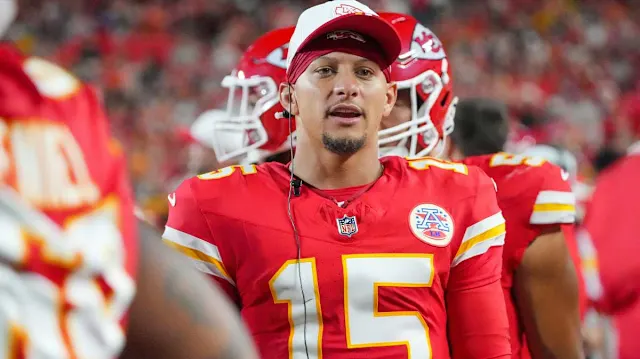What was the Atlanta Falcons draft strategy?
Some teams find themselves in situations where traditional draft logic needs to be thrown out the window in order to get the team back in the winning track. It could be argued that Atlanta found themselves in just such a situation during the draft this season when they found themselves staring at, perhaps, the best running back prospect in the past five years, since Saquon Barkley was drafted by the Giants with the second overall selection in the 2018 NFL Draft, that being, running back Bijan Robinson - Texas. Recent draft reasoning teaches that the running back position faces very high turnover, variable production, and relatively short career spans, making it a position that, while valuable, is not a good long-term investment for a team. As such, running backs tend to be draft much less frequently in the first round than the position used to be drafted in years past, as the position continues to be devalued year over year. Certainly that same draft logic does not, even remotely, advocate for drafting such a running back if your team just drafted a rookie running back the prior season that ultimately become a 1,000 yard rusher for the team, as Tyler Allgeier did.
Who did the Atlanta Falcons draft this year?
Nonetheless, when faced with such a decision, the Falcons defied that logic and opted to select Robinson with their first selection of the draft. In all honesty, I like the selection for a number of reasons. First, NFL teams have shown that it is much better to have a bounty of riches when it comes to the position as opposed to relying on just a single bell cow running back, despite what fantasy owners would prefer. Numerous teams have found the freedom that utilizing two elite running backs brings with it an ability to open up the playbook, not just in the obvious from a rushing perspective but, also in the passing game as well. Last year, teams such as Detroit with D’Andre Swift and Jamaal Williams, Green Bay with Aaron Jones and AJ Dillon, Dallas with Ezekiel Elliott and Tony Pollard, and Cleveland with Nick Chubb and Kareem Hunt, as well as several other teams, all showed that modern NFL offenses can support high-end production from multiple running backs. To that end, I believe, so too can Atlanta. Second, Robinson is no stranger to being part of a shared backfield as he and fellow rookie Roschon Johnson both garnered enough work to see Robinson selected in the first round, while Johnson was selected in the fourth round. Third, the arrangement, as it currently sits, could see Allgeier and Robinson both kept relatively fresh and could also reduce the possibility of injuries for both as well. Robinson could be used more in the passing game than Allgeier but, both could be on the field simultaneously, even on passing downs, making them a much more dynamic and tough to defend pairing. Overall, the selection is interesting in the utility it provides, as well as the challenge it presents to opposing defenses.
Longhorns Daily News: Texas alum Bijan Robinson signs contract with Atlanta Falcons https://t.co/6OQpTEpbQk pic.twitter.com/Q7pKVDYmgF
— Burnt Orange Nation (@BON_SBNation) May 15, 2023
With their second selection, Atlanta worked to solidify their offensive line after the departure of guard Colby Gossett who signed with the Browns as a free agent this offseason. With the loss of Gossett, the Falcons opted to use the 38th overall pick, obtained in a trade with the Colts, on guard Matthew Bergeron – Syracuse. Bergeron played tackle throughout his college career but, his skill set, in addition to that flexibility, as well as two solid, high-performing tackles already on the team, makes it likely that Bergeron will get moved to guard to start his NFL career. The selection, while expected from a positional point of view, is less about opening holes for their new two-headed monster at running back, than protecting their second-year quarterback Desmond Ridder on passing downs. Bergeron is an adequate rush blocker but, he is much more effective keeping rushers at bay when his quarterback drops back to pass. The move may necessitate a slight tweaking of Bergeron’s game as he will be matched up against much more bulky defenders than he was as a tackle and his run blocking will need to improve if the team hopes to take full advantage of their newly upgraded rushing game.
The Falcons then pivoted to the other side of the line of scrimmage when making their third-round selection of edge rusher Zach Harrison – Ohio State, the 75th overall selection. This selection does give me a bit of pause for a couple of reasons, yet it does make a degree of sense in other ways. First, Harrison was selected to be an edge rusher, which is fine, but there is one problem with that, Atlanta is not in immediate need of such a player as they currently have Bud Dupree and Lorenzo Carter as the apparent starters. Yes, both are on short-term contracts with Dupree playing on a one-year contract and Carter signed to a two-year deal but, even behind these two, there is depth that Harrison will need to contend with to get playing time, namely Adetokunbo Ogundeji and Arnold Ebiketie, both of which who have shown significant upside in relatively limited playing time. Second, if Atlanta views Harrison less as an edge rusher and more of an interior lineman, this is a role he is completely miscast for. He lacks both the power and pass rush moves to win consistently inside and could end up as more of a rotational player in such a role. Now, if the Falcons want to show multiple fronts going forward, in an effort to keep opponents guessing, Harrison could make a modicum of sense as a defensive end when the team lines up in a four-lineman front, a role that significantly fewer of the current defenders on the team can fill. In this way, Harrison can be a contributor, and early, just in a rather limited fashion.
Atlanta rounded out the remainder of their draft class in Day Three with the selections of cornerback Clark Phillips III – Utah (pick 113), safety DeMarcco Hellams – Alabama (pick 224), and guard Jovaughn Gwyn – South Carolina (pick 225). With only three selections over the span of four rounds with two of those selections coming back-to-back in the final round, the long-term value is, frankly, limited. That said, I absolutely love the selection of Phillips to open Day Three as he fits very well into the Falcons secondary. He could press current nickel cornerback, Mike Hughes for playing time as soon as his rookie season.
What grade did the Atlanta Falcons get on their draft this year?
Looking at the Falcons’ draft as a whole, I believe the team did well taking risks and identifying value. The grade Atlanta earned as it relates to short-term value is a B. Yes, they drafted the top running back in recent years but, this was not an immediate need. They also addressed a hole along their offensive line but did so by replacing a guard with a life-long offensive tackle. Finally, they drafted an edge rusher that will be solely a depth addition or a defender that they will need to train at a new position. I must say that if everything works out as expected, they could find immense value in these selections, however, in the short term, this is unlikely to deliver much in the way of significant upside. Atlanta gets another B grade for the long-term value they may be able to extract from this draft. With only six total selections in this draft class, the Falcons would need to come out of this draft with over half their selections assuming a starting role at some point in the future. Unfortunately, I have my doubts that the team can surpass this threshold. I can see two immediate starters in the form of Robinson and Bergeron, and one possible future starter in Phillips but the rest of their selections appear to be solely depth additions, leaving them with capped upside from the class as a whole.



